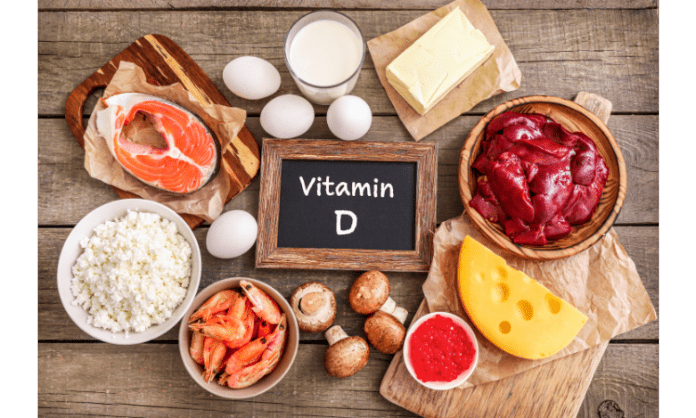
We know that vitamin D is essential for bone health and many other aspects of wellness. But did you know that it can also support your immune system, cardiovascular system and mood? The best sources of vitamin D are fatty fish such as salmon, mackerel and herring; eggs from chickens fed a diet supplemented with vitamin D; mushrooms exposed to UV light; fortified milk products like yogurt or cereal; exposure to sunlight (when possible) — most people don’t get enough sun here in the Pacific Northwest — and supplements. Lets see about food sources of Vitamin D for elderly people.
Cod liver oil
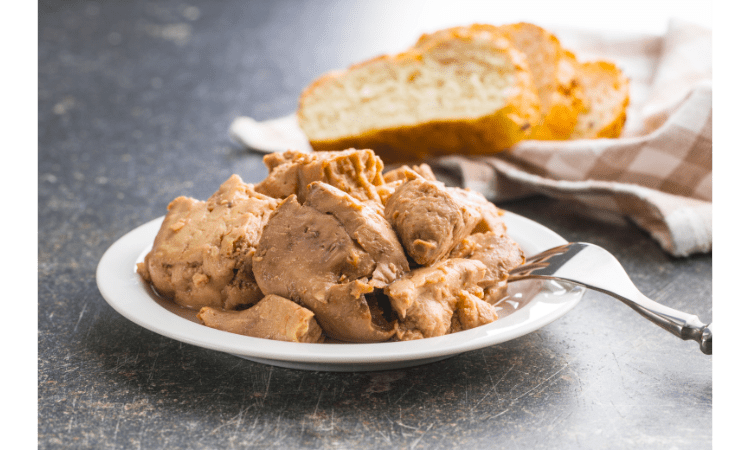
Vitamin D is a fat-soluble vitamin that helps the body absorb calcium. This is one of the most important vitamins for the elderly. Its also important for immune function and may play a role in blood pressure regulation, muscle strength, and coordination.
In addition to the natural sources of vitamin D listed above—and fortified foods like milk and cereal—cod liver oil is one of your best bets for getting enough of this important nutrient. Cod liver oil contains both omega-3 fatty acids (which have been shown to support cognitive function) as well as vitamin D.
Salmon
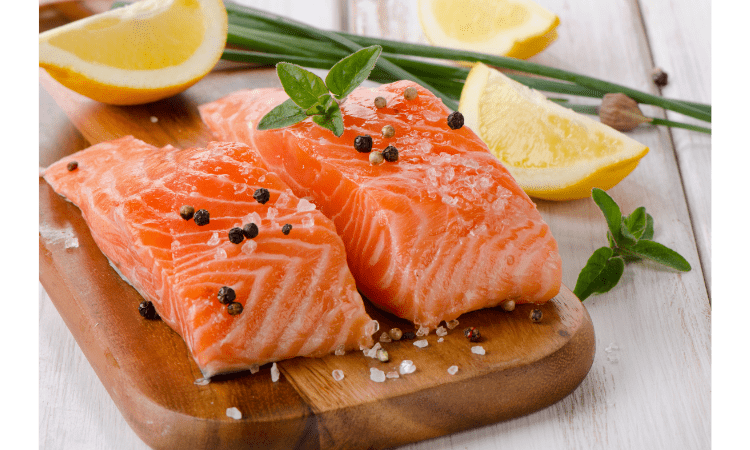
Salmon is a great food source of vitamin D because it contains a high concentration of fat, which helps your body to better absorb the vitamin D.
The National Institutes of Health recommends that adults get 600 IU (international units) daily to prevent rickets and osteomalacia. Salmon provides you with about 337 IU per 3-ounce serving, which means you could get 100 percent of your recommended daily value from this food alone if you eat just two servings a week.
Swordfish
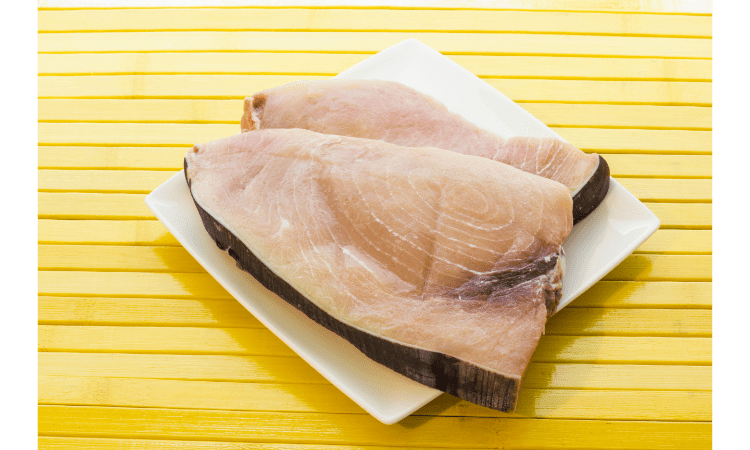
Swordfish is known for its high protein content and omega-3 fatty acid content. It’s also a great source of daily vitamin D, which can help keep bones healthy as you age. Swordfish is best grilled or baked, but it can be prepared in other ways as well.
Tuna fish

Tuna fish is an excellent source of vitamin D, selenium and omega-3 fatty acids. It’s also a good source of protein.
- Tuna fish contains 83 micrograms of vitamin D per 3 ounces, or about half your daily requirement at only about 100 calories.* Selenium helps protect against oxidative stress, which can be caused by free radicals produced as our bodies try to process and eliminate toxins.* Omega-3 fatty acids help decrease inflammation in the body and may help reduce symptoms related to rheumatoid arthritis.
Orange juice
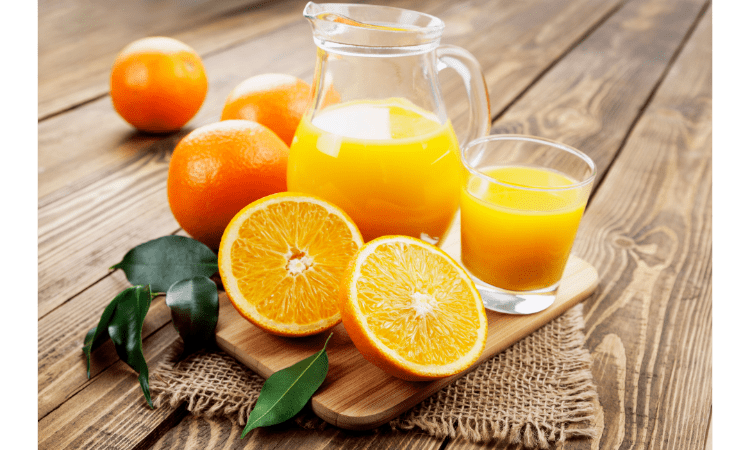
It’s a common trend to drink orange juice during the winter months, when vitamin D levels are low and many people experience seasonal depression. Orange juice is a good source of vitamin D, calcium, folate and potassium—all nutrients that can help you enjoy the winter with more energy and happiness.
By drinking a glass of this nutritious beverage every day you will meet your body’s daily needs for vitamin D without having to rely on supplements or fortified foods like cereal.
Dairy and plant milks

Milk is a great source of both calcium and vitamin D. If you’re having trouble digesting dairy, though, plant-based milks can be a good alternative. Here’s how they stack up:
- Calcium: Dairy milk products have more calcium than most other types of dairy. Non-dairy milks have about half as much calcium as cow’s milk (unless fortified).
- Vitamin D: Plant-based milks are often fortified with vitamin D, but not all contain this essential nutrient (check the label). Cow’s milk does not always include added vitamins or minerals—so if you’re buying organic or local, look for those terms on the label if you want to be sure your milk contains these nutrients.
Sardines.
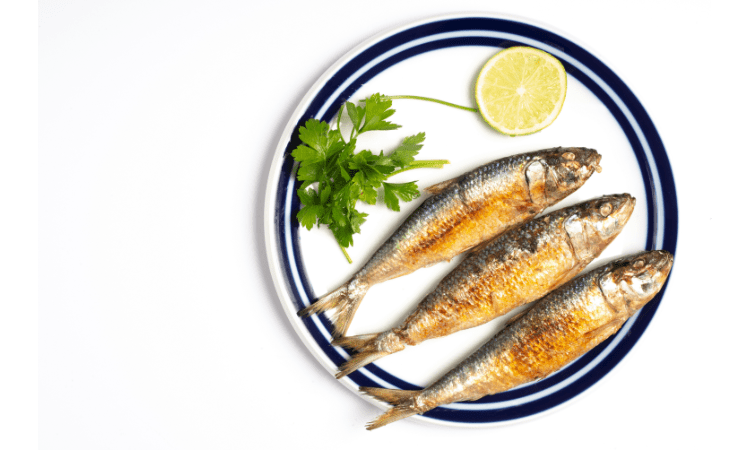
- Sardines, like many other seafood options, are a great source of vitamin D. In addition to the vitamin D they contain, sardines contain omega-3 fatty acids that could help reduce inflammation in your body and keep your heart healthy.
- One 3-ounce serving of sardines contains 65 milligrams of calcium—almost half of what you need in a day! Calcium is important for building strong bones and preventing osteoporosis as we age. The selenium found in sardines may also help prevent cognitive decline and dementia by protecting against oxidative stress (a process that can contribute to cell damage).
Beef liver

Beef liver is an excellent source of vitamin D, but it may not be the most appetizing food on this list. To make it more appealing, try combining beef liver with other ingredients such as onions and garlic. Mixing beef liver with other foods also helps to mask its distinctive flavor.
Beef liver can be prepared in many different ways, including roasted or pan-fried. You can also grind it into burger patties and eat them as burgers or meatballs! The one thing you shouldn’t do is boil beef liver—this will cause the nutrients in it to leak out into the water so they don’t get absorbed by your body.
The recommended daily intake level for adults over 19 years old is 600 IU (international units). One serving of cooked beef liver provides about 100% of this amount! There are also many health benefits associated with consuming this delicious food: boosting your immune system; preventing anemia; lowering cholesterol levels; and helping build muscle mass if eaten regularly enough over time (just like any other type of meat).
Egg yolk
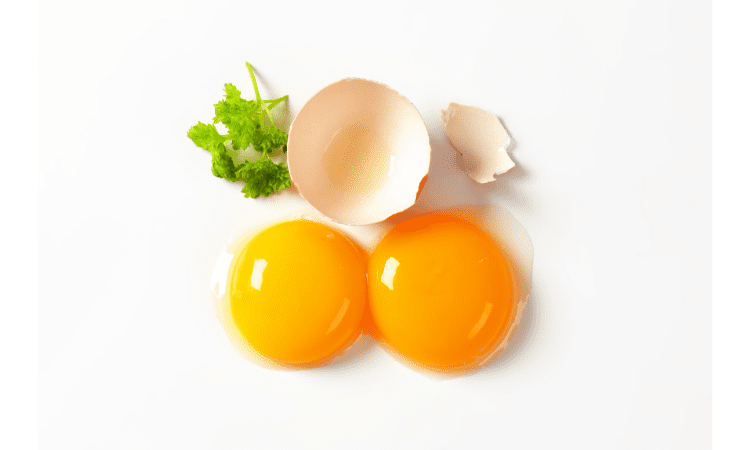
Egg yolk is a good source of essential vitamin D, containing approximately 66 IU per egg. This is more than enough to meet the daily recommended intake (30 micrograms). However, because the absorption of vitamin D varies depending on what you eat it with, there are ways to increase its absorption. One way is to consume your eggs with foods high in fat like cheese or butter. These help increase the absorption and retention of the vitamin. Another way is to cook your eggs sunny-side up or poach them instead of scrambling them—this will also increase their absorption.
Fortified cereals

Cereal is a great way to get your daily dose of vitamin D and it’s also easy to find. Be sure to check the nutrition label on the cereal box, as some manufacturers add vitamin D while others do not.
Conclusion
If you are looking for a way to get your daily vitamins D intake up, there are many sources that can be used as well. It’s important to know what foods contain this important supplement so that you can stay healthy with the function of vitamins.
Also Read:











